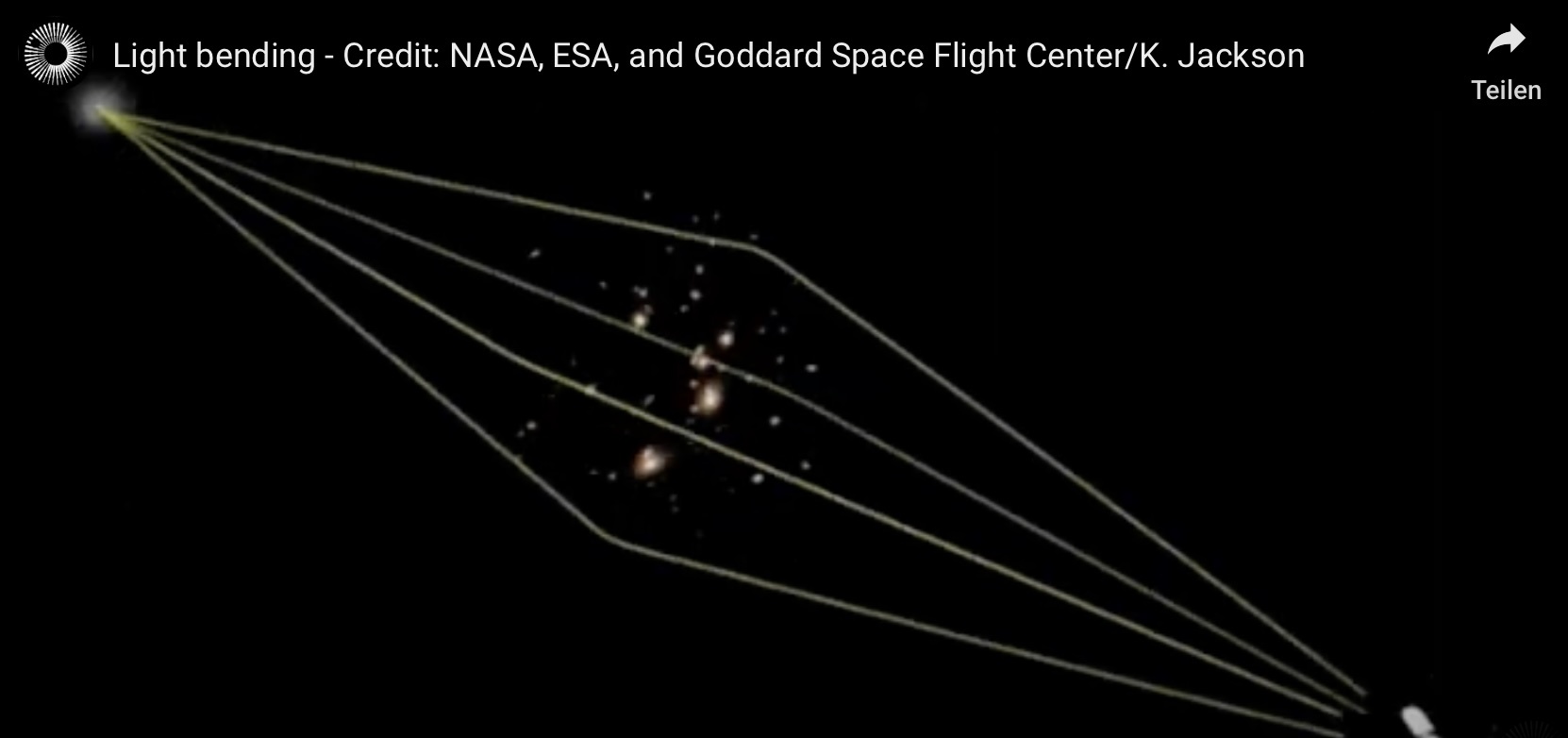1.12.2024

Identifying asteroids on a potential collision course with Earth could be made easier thanks to an advancement in how to track their orbits more precisely.
Taking into account a phenomenon first identified by Sir Isaac Newton and later confirmed by Albert Einstein, researchers have come up with a way to pinpoint the precise positions of minor objects in the solar system.
They include those in the Kuiper Belt – a region of icy objects including Pluto and other dwarf planets beyond the orbit of Neptune – and a vast, frozen, spherical shell called the Oort Cloud, which is the most distant region in our solar system and home to many long-period comets.
In a new paper published today in Monthly Notices of the Royal Astronomical Society, researchers have put forward an accurate calculation of the gravitational bending of light (GBL) angle by a static massive object, such as the Sun or slowly-moving planets.
Newton was the first to propose the bending of light by gravity, although it was Einstein who went further and deeper when he published his theory of general relativity in 1915. This successfully predicted the deflection angle for distant starlight grazing the solar limb.
Now, Professor Oscar del Barco Novillo, of the University of Murcia in Spain, has proposed an exact equation for the GBL angle when both source and observer are placed at any distance from the static gravitational mass.
This is significant because it could allow astronomers to establish the exact locations of asteroids and minor objects in the solar system – thereby enabling a more accurate calculation of their orbits around the Sun and making it easier to spot objects potentially hazardous to Earth.
The hope is that it could even give a more precise location of the nearest star to our planet after the Sun, called Proxima Centauri, which is 4.25 light-years away and is thought to have three exoplanets orbiting around it. If its exact whereabouts can be determined, this would also help to accurately estimate the orbits of its planets.
“Our study, which is based on a geometric optics model, provides an exact equation for the most accurate calculation to date of the GBL angle by a static massive object – such as the Sun or solar system planets,” Professor Novillo said.
“This could have implications on the precise positioning of distant stars, as well as the correct location of solar system minor objects like asteroids, to a better estimation of their exact orbits.
“As a consequence, different branches of astronomy and astrophysics, such as celestial mechanics or stellar dynamics, might benefit from this new result.”
The calculation may also help to more precisely locate distant galaxies which are distorted and magnified by large amounts of intervening mass, such as galaxy clusters, due to weak gravitational lensing. Such a breakthrough is important in the field of astrometry – a branch of astronomy that involves precise measurements of the positions and movements of stars and other celestial bodies.
It could even spark more precise maps of mass distribution in galaxy clusters, particularly in the era of the European Space Agency’s Euclid mission, which revealed its first images last year. The spacecraft is tasked with investigating how dark matter and dark energy have made our Universe look like it does today.
Over the next six years, Euclid will observe the shapes, distances and motions of billions of galaxies out to 10 billion light-years – with the goal of creating the largest cosmic 3D map ever made.
Professor Novillo said: “The fundamental significance of our new equation is its high accurateness for the GBL angle calculation due to a static gravitational mass, in comparison with previous approximate equations based on the post-Newtonian formalism.
“As a result, it might be instrumental in finding a precise location of minor celestial objects in our solar system and, consequently, a better determination of their orbits around the Sun.
“The new research should therefore be important for astronomers and astrophysicists working on ultra-precise astrometry measurements, particularly in gravitational lensing studies.”
The paper ‘An accurate equation for the gravitational bending of light by a static massive object’ has been published in Monthly Notices of the Royal Astronomical Society.
Quelle: Royal Astronomical Society


